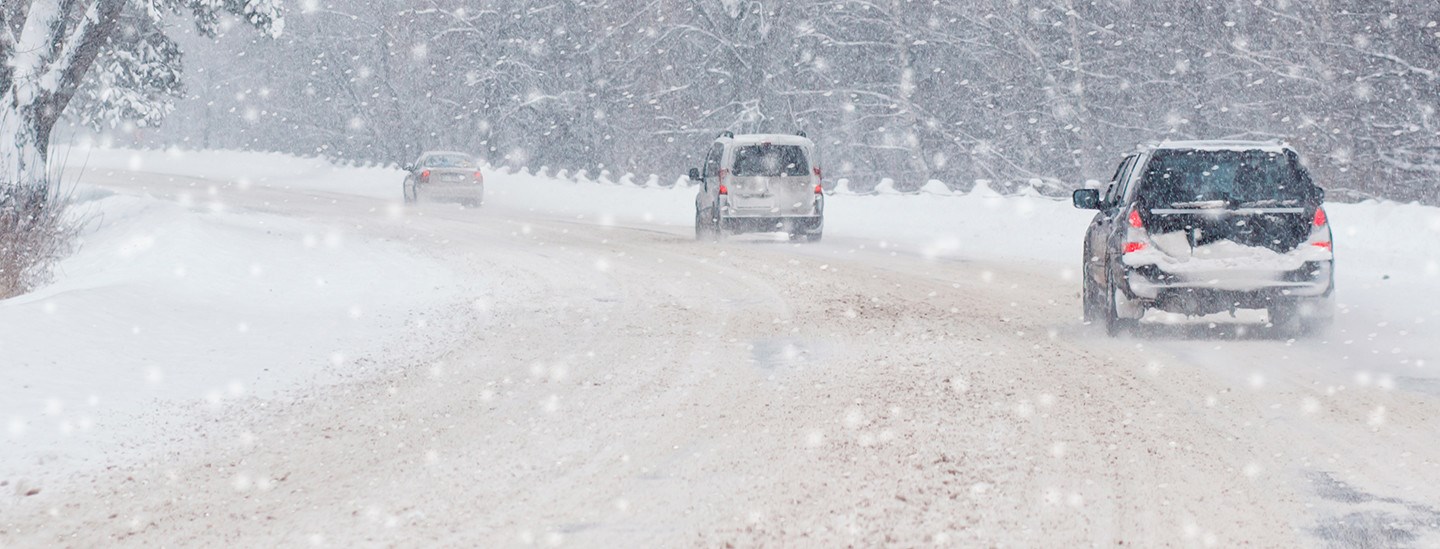Massive snowfall or a blizzard can cause significant damage to your home and property. Once a winter storm advisory or warning has been issued for your area, you must hurry to gather essentials and bunker in place, or safely venture to your next destination, if possible. As roads will be very dangerous, it is best to leave as early as possible if you must travel.
Gallagher will help you understand the risks and help you prepare your home and property for winter storms and extreme cold.
- Before Winter Begins: Review your Policies and Coverages
- Winter Storm Precautions and Preparations
- Filing an Insurance Claim after a Winter Storm
Before Winter Begins: Review your Policies and Coverages
The time to start talking with your Gallagher representative is before the winter season begins. Winter can vary depending on location and can run from October to April. It’s never too early to be prepared and consider planning for a snowstorm. You may take the following guidelines to help mitigate property damage before a winter storm and extreme cold occurs.
Winter Storm Precautions and Preparations
Homeowners and property owners can take the necessary precautions to stay safe when a winter storm is approaching.
- Know the area’s risk for winter storms. Extreme cold and blizzards during the winter weather can leave communities without utilities or other services for long periods of time.
- Double check your supplies. When entering the winter season, have ample de-icer, rock salt, or sand available. Be sure equipment is ready for use. Be sure you have ample shovels.
- Insulate, caulk or weather strip your home to keep out the cold. Learn how to keep pipes from freezing. Install and test smoke alarms and carbon monoxide detectors with battery backups.
- Heed weather advisories and warnings. Pay attention to weather reports and warnings of freezing weather and winter storms. Sign up for your community’s warning system. The Emergency Alert System (EAS) and National Oceanic and Atmospheric Administration (NOAA) Weather Radio also provide emergency alerts.
- Equip your vehicles. Be sure vehicles are ready for winter weather, including storms. Consider adding items such as jumper cables, sand, flashlights, warm clothes, blankets, bottled water, and non-perishable snacks. Also, make sure to keep the gas tank full.
- Know the terms. Learn the signs of, and basic treatments for, frostbite and hypothermia.
Winter Storm and Extreme Cold Home & Property Checklist
Take necessary steps to prepare once an advisory has been issued and a winter storm is imminent. Once you have a disaster plan, it is especially important to diligently follow a plan when temperatures are expected to dip below freezing. In addition to your winter storm home and property preparedness checklist, here are additional items to consider:

